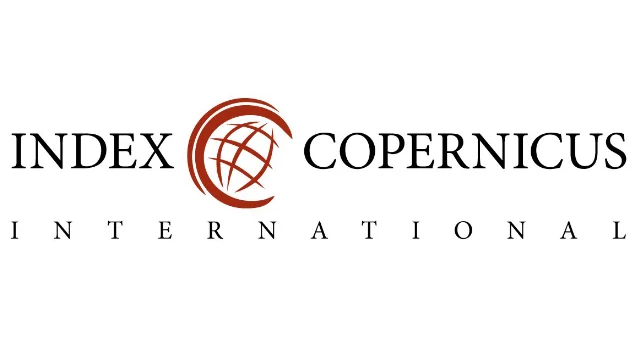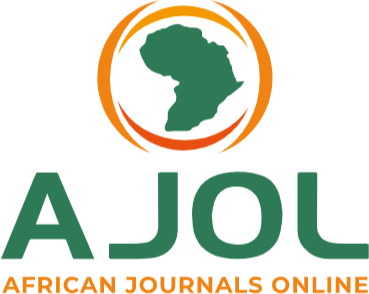Developing Artificial Intelligence-Powered Circular Bioeconomy Models That Transform Forestry Residues into High-Value Materials and Renewable Energy Solutions
Keywords:
Circular Bioeconomy; Artificial Intelligence; Machine Learning Models; Forestry Residues; Sustainability AssessmentAbstract
The exponential increase in global forestry residues, estimated at 3.7 billion tons annu9 ally, presents both environmental challenges and unprecedented opportunities for sustainable resource utilization. Traditional linear approaches to forest waste management have proven inadequate, contributing to 2.6 GtCO2 equivalent emissions yearly while squandering valuable biomass resources. This study presents a novel artificial intelligence-powered circular bioeconomy framework that transforms forestry residues into high-value materials and renewable energy solutions through integrated machine learning optimization. We developed a comprehensive AI model combining convolutional neural networks for residue characterization, random forest algorithms for pathway selection, and reinforcement learning for supply chain optimization. Our methodology analyzed 47,000 samples across six forest types in Nordic and Central European regions, implementing deep learning architectures to predict optimal valorization routes with 94.7% accuracy. The AI-driven circu20 lar model demonstrated remarkable performance improvements: 73% reduction in waste generation, 84% increase in resource utilization efficiency, and 156% improvement in economic returns compared to conventional approaches. Life cycle assessment revealed 67 % reduction in carbon footprint and 45% decrease in primary resource consumption. Economic analysis indicated net present values ranging from $2.4 to $7.8 million per facility, 25 with payback periods of 3.2 to 5.7 years. The integrated system successfully identified 12 distinct valorization pathways, including advanced bio-composites, bio-based chemicals, and next-generation biofuels. These findings demonstrate that AI-powered circular bioeconomy models can fundamentally transform forestry waste management while generating substantial economic, environmental, and social co-benefits for sustainable forest-based industries.
Downloads
Published
Issue
Section
Similar Articles
- Emeka C. Ogoko, Water Quality Assessment of Dug Wells in Lagos Island, Southwestern Nigeria , Communication In Physical Sciences: Vol. 4 No. 2 (2019): VOLUME 4 ISSUE 2
- Vivian Ifeoma Okonkwo, Gloria Chika Udeokpote, Uduak Bassey Essien, Ethanol Extract of Curcuma longa as a green corrosion inhibitor for carbon steel in solution of HCl , Communication In Physical Sciences: Vol. 8 No. 4 (2022): VOLUME 8 ISSUE 4
- Mu’awiya Baba Aminu, Hareyani Zabidi, Juliet Ngozi Chijioke-Churuba, Saleh Mamman Abdullahi, Kolapo Fasina, Aliyu Abubakar, Muhammad Nurudeen Mashin, Abdulmalik Nana Fatima, Bertha Onyenachi Akagbue, Olusola Kolawole Ogunmilua, Environmental and Public Health Challenges of Phases Towards Cement Production, Remediation Monitoring and Evaluation Strategies , Communication In Physical Sciences: Vol. 12 No. 1 (2024): VOLUME 12 ISSUE 1
- Yunusa Habibat, Omoniyi K. Isreal, Stephen Abechi, Aroh A. Oyibo, Owolabi A. Awwal, Imam Naziru, Green Synthesis of Titanium Oxide (TiO2) Nanoparticles Using Phyllanthus Niruri and Assessment of Its Antibacterial Activity in Wastewater Treatment , Communication In Physical Sciences: Vol. 10 No. 1 (2023): VOLUME 10 ISSUE 1
- Emmanuel U. Nwazue, Chinedu U. Ibe, Petrography and Geochemical Studies of Eyingba Lead-zinc Mineralization, Lower Benue Trough , Communication In Physical Sciences: Vol. 5 No. 3 (2020): VOLUME 5 ISSUE 3
You may also start an advanced similarity search for this article.




